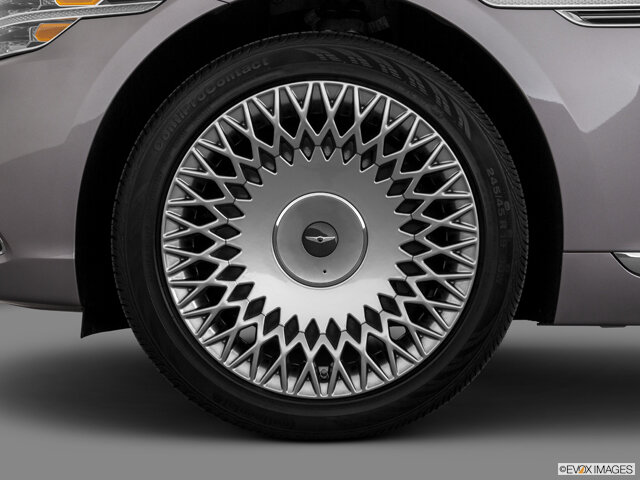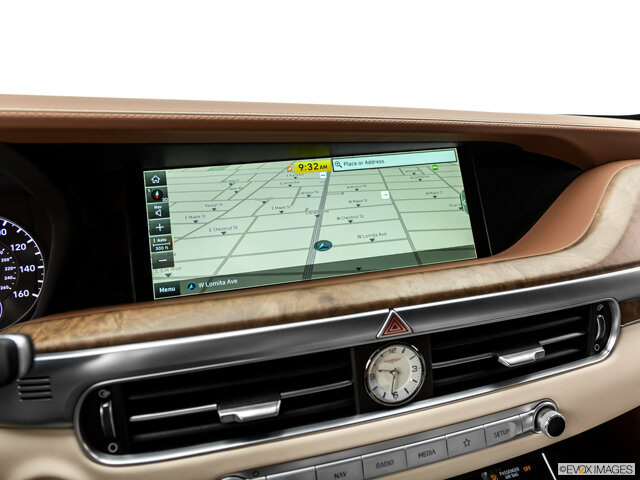Social media isn’t just for users to expand their social reach online. While individuals use social media to connect with friends and family, social media also has become an important tool for networking and an integral marketing resource for businesses.
However, for car dealerships without a dedicated marketing team, social media could feel like yet another digital responsibility, and these platforms might intimidate those who aren’t actively using them. For managers and owners struggling to understand how to make social media work for the dealership, use these tips to acclimate to the most popular social media platforms and better understand how they can be beneficial for marketing and outreach:
- Research the platforms
- Pick one or two platforms to focus marketing and communications efforts
- Create a calendar that outlines social media posts and activities
- Explore the editing and filter options for photos
- Utilize the features and capabilities available via each platform
- Understand paid versus free services
- Learn social media lingo and strategies (how to use hashtags, mentions, etc.)
- Add social media info to the Google Business Profile
- Add link buttons for the platform on the website
- Post regularly—daily posts are recommended

Research the Platforms
Dealerships might be active on Facebook (this is the most popular platform), but some dealerships might not have even ventured into the social media realm. Before jumping onto a platform, research the options. Not every social media site or platform will necessarily fit the needs of every dealership.
Here’s a basic primer on a few of the most widely-used social media platforms.
Facebook is the OG of social media. It bumped MySpace and quickly made that once-popular platform nearly irrelevant. Facebook counts nearly three billion monthly active users (MAU). The site is user-friendly and allows businesses and individuals to add detailed text posts, upload photos and even post video content. Businesses can livestream videos via the FAcebook Live feature to provide updates on sales, promotions, new products or anything they wish to promote.
Business pages also let users post reviews and followers of the business can comment under a post. The benefit of a Facebook page for a business is the platform’s extensive reach. Again, since Facebook is the most popular platform, businesses can use their page to connect with current customers and reach potential customers, too.
The logo of Twitter features a small bluebird. When Elon Musk purchased the site, though, he briefly swapped the bird for a Shibu Inu (the dog on the Dogecoin). Twitter limits the number of characters in a post so long content requires extending the post into multiple tweets. Account holders can link a post to share a site, article, etc.
While Twitter is popular, it might not be the most ideal platform for dealerships. The site is generally used to communicate back and forth, and Twitter is a popular site for journalists to reach out to sources and find other connections. However, Twitter could be valuable for networking or for dealerships to provide quick updates to customers about events and news.
Instagram is owned by Meta (which also is Facebook’s parent company). This social media platform focuses on images and short video content. In the past, Instagram only focused content on images, but competing with TikTok led it to lean into short videos.
Instagram is a great platform for posting pictures of new models and for sharing slideshows of models, too. Dealerships also could integrate videos and other immersive content.
YouTube
YouTube is video content only. However, this platform is popular with businesses and individuals. YouTube is filled with music videos, lyric videos and other unique content from popular influencers. Dealerships can use the platform to start a channel with videos showing new car models, offering car care tips, taking viewers on a test drive, etc.
TikTok
The newest social media darling is TikTok; it’s incredibly popular with Gen Z and its content is focused on short videos. Dance challenges are popular but anything goes on this platform. Some dealerships are venturing into TikTok content; explore this platform to better understand what resonates with viewers and what seems to flop. Dealerships might create short ‘how to’ videos or post ‘first look’ videos to introduce viewers to a new model year vehicle.

Pick One or Two Platforms
Dealerships that don’t have a designated social media professional or team will need to designate a staff member to manage the social media accounts. The owner or manager could update the accounts, or the responsibility could fall to administrative staff.
When social media is an added job responsibility, picking one or two platforms on which to focus marketing efforts can save time. Review the platforms to determine which platforms will best meet the needs of the dealership; consider the type of content the dealership will post as well as the amount of time the staff is expected to devote to social media.
If staff members are proficient in using specific platforms, it might be cost effective for the dealership to focus on these platforms.
Create a Calendar that Outlines Social Media Posts and Activities
Plan ahead before posting content, pictures and videos. Create a social media calendar that outlines all the topics on which the dealership wants to focus for the month. The calendar can be detailed per day, per week or even for the entire month.
A calendar helps the staff know what content they need to post and helps to ensure that event promotions, sales, holiday hours and other pertinent details don’t get left out of the updates and online posts.
Explore the Editing and Filter Options for Photos
Social media platforms often include fun or unique filters that can change the look of a photo. Others might include additional editing options. Explore these features to better understand how they change the look of an image.
Dealerships don’t want to post an image that distorts the look of a vehicle. This could confuse or even frustrate customers who see one image online and another in person.
Utilize the Features and Capabilities Available Via each Platform
Every social media platform offers unique features and capabilities. Explore these features to understand them and learn how they could benefit the business or even amplify a post.
Facebook lets customers leave reviews on a business page. This is a great opportunity for the dealership to receive feedback about the sales and/or service experience from their customers. Respond proactively to these reviews and encourage customers to drop a review.
Understand Paid Versus Free Services
Some features on social media platforms are an additional cost. This is yet another reason why businesses need to research each platform. Don’t assume that a specific feature or service is free. For example, the blue checkmark that was once associated with Twitter verified accounts (and was a status symbol) is now only received when the account holder signs up for a premium Twitter account (aka Twitter Blue).
Learn Social Media Lingo and Strategies
What do all those acronyms mean and why do posts have the “#” in front of words or phrases. When the dealership is ready to be active on social media, the business needs to learn social media lingo and strategies. For example, hashtags (designated with the #) help categorize posts and simplify the search process when a user is looking for a specific topic, individual, event, etc.
Many social media posts also include abbreviations like LOL or phrases written in online shorthand. Preply includes an updated list of all the popular abbreviations users infuse into their messages, posts, etc. Some phrases are specific to teens (PAH…parent at home), while others are universal like “SRSLY” and “SMH” (shaking my head.” Check out the list of internet lingo.

Add Social Media Info to the Google Business Profile
If a potential customer is Googling the dealership, they will likely find the dealership’s Google Business Profile. Add the social media information for all accounts to this profile. This helps customers find the dealership’s accounts and perhaps start interacting with or following the dealership.
Add Link Buttons for the Platform on the Website
Social media information also should be available on the dealership’s website. Include the link buttons for each platform that users can click to visit the social media pages and accounts.
Post Regularly
The best advice for car dealerships who want to make social media work for them is to be active on the platforms. If the dealership only posts once per month, followers won’t be visiting the page often. In fact, they might forget the page or account even exists.
Ideally, dealerships should post on social media platforms daily. A few times a week, though, might be fine for those who don’t have much time to devote to these updates. Some social media savvy dealerships might post numerous times per day.
To make posting easier, add the platform’s app to a phone or mobile device. This allows the dealership to post from anywhere. Plus, it makes snapping photos and posting them much simpler.
Not all dealerships have a dedicated social media team or social media manager to update these accounts and manage the dealership’s presence in these spaces. However, even dealerships with limited time to devote to social media can use a few tips to get active online and stay visible to potential customers. Research the most popular platforms, choose one or two that resonate with the dealership and explore the options available with the app/platform. Eventually, social media will become a regular part of daily business.

